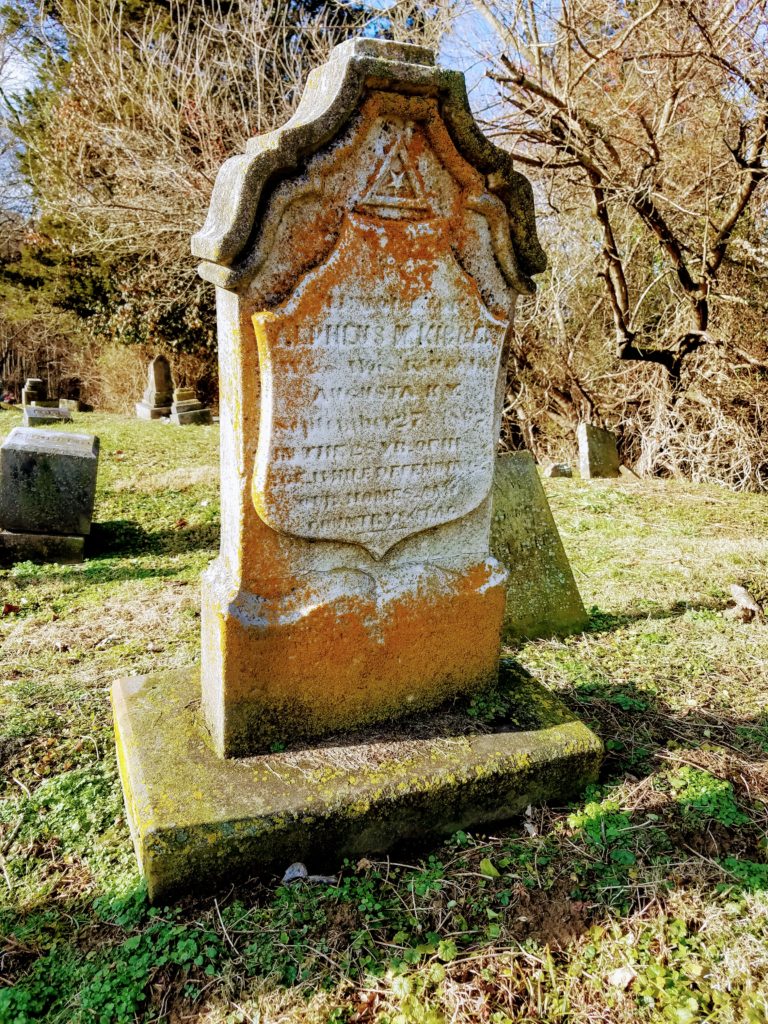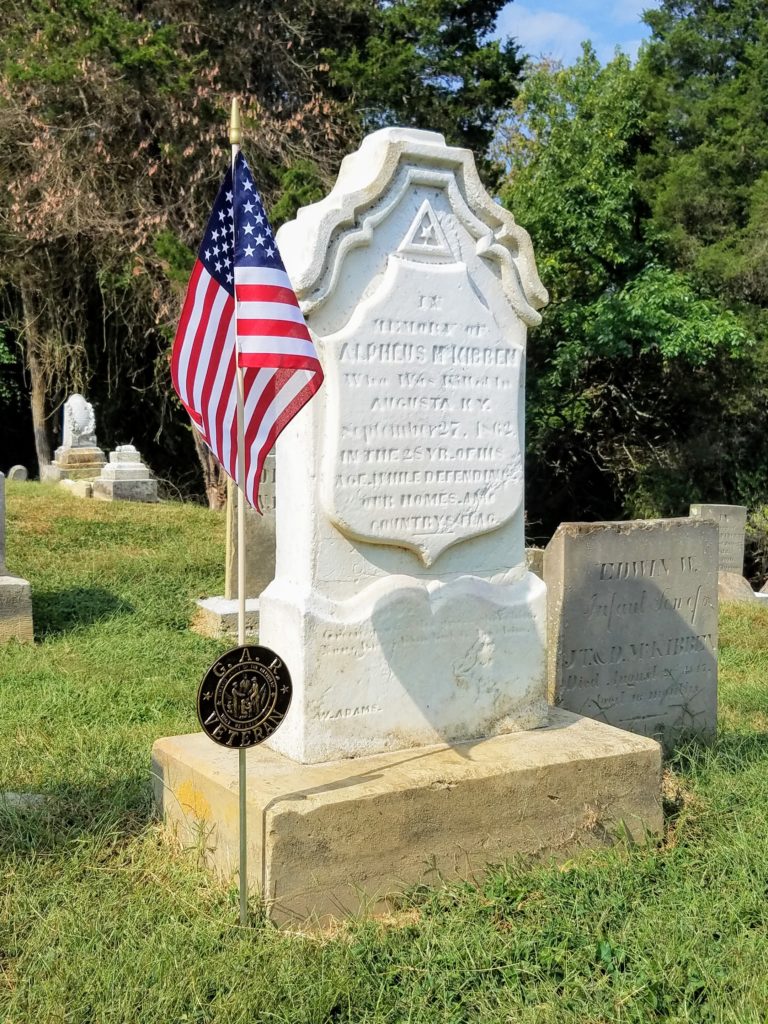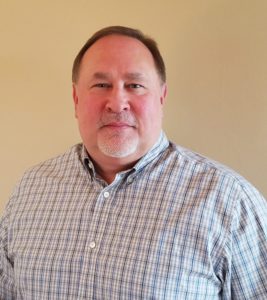
In August 2021, Darryl Smith will host his first tour for BGES, “Civil War on the Ohio.” Relatively new to the group, Smith is decidedly excited for the opportunity. “We will cover a few different topics, such as Cincinnati’s Civil War importance, along with some fights involving John H. Morgan’s men in northern Kentucky,” he says.
Smith, however, is by no means a newcomer to Civil War history. In fact, he’s been a student of it for most of his life. That passion has led to a résumé that’s hard to match, particularly in the area of Civil War preservation. Smith is a board member of the Buffington Island Battlefield Preservation Foundation, a member of the Friends of Stones River, a member of the Fort Recovery Historical Society, and a longtime Regimental Color Bearer with the American Battlefield Trust. He’s also the founder of the Miami Rivers Chapter of the Buckeye Trail Association, and he served as the Activities Chair for the Cincinnati Civil War Round Table and as the Communication Coordinator for the Military Heritage Chapter of the League of World War One Aviation Historians.
As long and impressive as that list is, it’s just a sampling of Smith’s efforts to educate people about the Civil War. Mike Kennedy of the BGES Blog recently sat down with him to discuss his lifelong commitment to this important pursuit.
BGES Blog: You grew up in Ohio. What was life like as a kid? What sparked your interest in the Civil War?
DS: I was raised on a farm in Butler County, which is located between Cincinnati and Dayton. Since we had a 650-acre family farm with livestock, we did not take many vacations but would take day trips to various historical sites within our region. This sparked a love for history, particularly for the various Indian Wars that took place in Ohio.
Growing up on the farm there were always chores, before and after school. That instilled in me a strong work ethic. My Civil War interest was piqued when my paternal grandparents, while on a vacation, bought me a copy of Stackpole’s They Met at Gettysburg. I must have been seven or eight and would take the book with me to school and spend time tracing the maps and then creating map battles from that. (I was bored a lot in school.) I had an older cousin who was into board wargames and introduced me to that hobby (starting with Avalon Hill’s Richtofen’s War and expanding into all sorts of historical periods including the Civil War). As a teenager, on a rare vacation, we spent a couple of days in Gettysburg, where I drove my parents crazy, as I wanted to read every tablet and see every monument. That curiosity for learning is still strong.
BGES Blog: As you got older, how did you nurture your interest in the Civil War? Did it play out in your education or your professional career?
DS: Between the board gaming and buying books, I fed my own interest in the Civil War. Over the years I became a Gettysburg junkie, which I believe many of us become after a visit to that iconic battlefield. Gettysburg is the gateway drug to the Civil War. One visit and you are hooked. At one time I might have had 60 to 70 books on various facets of the Gettysburg campaign and battle. My parents wanted me to have a career in computers, but instead, I started my college years with a push in physics, which I found to be rather interesting. Then I changed my major to computer science, then finally American History, as I wanted to teach. Alas, that direction never came to fruition, as I had to work full-time to pay for college, and I got into restaurant management, then later call center management, which is what I do currently. I work for a large bank as a manager in their operations center in Cincinnati.
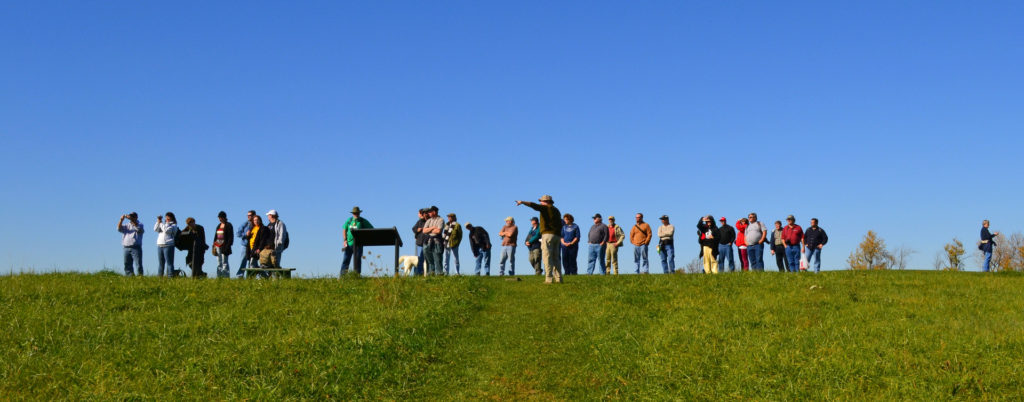
BGES Blog: Today, you’re also the owner of Walking With History. Tell us about the business. What’s on the schedule for the rest of this year?
DS: I became interested in hiking and backpacking later in life, and would take hiking groups to Perryville as they had several miles of trails to hike. While hiking I would share with the group various tidbits about the battle and the Civil War. That morphed into leading some public hikes at Perryville.
I was fortunate to co-lead a tour at the battlefield for a Civil War Round Table from Michigan a few years ago, and my wife encouraged me to start a tour business as people seemed to enjoy my storytelling. That launched Walking With History. It is most definitely a hobby business as I only lead a few tours each year, and do speaking engagements as I can. Before the pandemic, I was doing 8 to 12 tours and talks each year. This year will see a few tours and talks, a talk in June for a Civil War Round Table in Columbus, another for a round table in Indiana, and two tours—one in July that covers Edmund K. Smith’s army into Kentucky in 1862, with a full day at Richmond, Kentucky, and of course in August the tour for the BGES.
BGES Blog: Your commitment to Civil War preservation is impressive to say the least. How did you first get involved? What projects are you most proud of? Are you working on any new initiatives?
DS: Beyond the organizations already mentioned, I am also a member of the Battle of Nashville group, the Friends of Honey Springs, a member of the Hart County (KY) Historical Society, and a few other organizations. The preservation spark hit hard when I attended my first Trust event in 2010. The passion the Trust has for preserving our past is contagious, and I wanted to support their efforts. They were also kind enough to allow me to lead a tour for them in 2019 during their annual conference.
As for other efforts, I am assisting Derrick Lindow with his Western Theater in the Civil War Facebook group and website, where I contribute to various blog posts. I am also involved with a new group forming in Augusta, Kentucky, in an effort to bring their Civil War story to life. Preservation is not just a way to save ground; it is a way to bring relevance to those who lived during that time. If I can share a first-person account that strikes a chord in someone, then they make a more personal connection with the Civil War, and their own interest blooms.
BGES Blog: As you alluded to, you’re also a founding member of Civil War Augusta, which promotes and preserves the Civil War history of Augusta, Kentucky. How did CWA get started? How are you involved today?
DS: I live about an hour from Augusta. There was a battle (more like a heavy skirmish) that took place there in September 1862 between some of Morgan’s men and the local Union home guard. A couple of years ago I was planning a tour there for my local round table, and the tourism director caught wind and asked to meet. That has turned into a group that is trying to bring interpretation for the events that took place there and to educate the general public.
And we are trying to do it in a way where people can make a connection. One way we are doing that in Augusta is through our Adopt A Soldier program. For $25.00 we clean the veteran’s stone and place an appropriate grave marker. We are also working on revitalizing an abandoned cemetery that holds the graves of two Revolutionary War and two Civil War soldiers. I would say that the Adopt A Soldier program and gathering people to clean that cemetery are two efforts that me make feel really good.
BGES Blog: Let’s talk a bit about BGES. How were you introduced to the group? What do you enjoy about it?
DS: I saw several posts from BGES on Facebook about various subjects, and decided to contact Len and offer up a tour. I also joined BGES to support their efforts financially. I mentioned passion before, and BGES has a passion for preservation, interpretation, and getting people on the ground where our historic events took place.
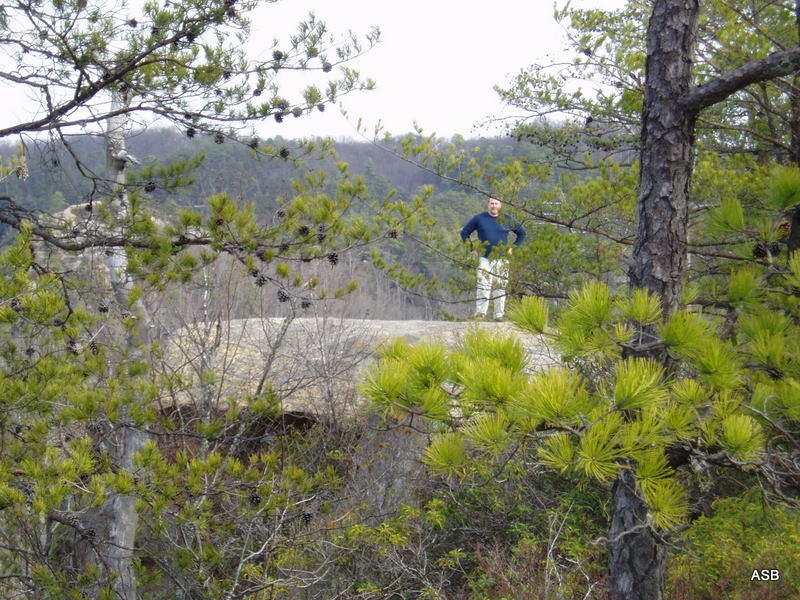
BGES Blog: Lastly, you’ve spent a good part of your life studying the Civil War and actively working to preserve its history. Why? What is the importance of understanding our country’s past and keeping it alive, especially in terms of the Civil War?
DS: It is trite to say if we do not remember our past we are doomed to repeat it, but that is true. But it has become the stories of individuals that drive my interest in preservation. These were people who had their lives disrupted during our bloodiest conflict. What made them join the ranks, what happened to them, how did they resume a normal life after the war … these stories bare saving, and brought into a context that people can grab onto today.
Numbers and dates are fine, but understanding the war through the human relationship is what will drive increasing interest. And to share those stories on the ground on which those events occurred will keep future generations interested. I am so tired of hearing about how the younger generations do not care about our history, which I find to be completely untrue. They are interested. The problem is we are not reaching them in a manner that they enjoy. Having round table meetings with speakers is great for most of the older generation, but having open discussions (which round tables have lost sight of in many cases) and walking tours, along with a post-tour beer social gathering, is something that will bring the younger crowd into our midst.
We have to change the way we do things in order to reach a new audience—the same old ways do not work for all. A meeting on the third Thursday of the month does not fit a younger couple’s lifestyle. Instead, offer more and varied events and they will attend when they can, and the result will be new and younger members. Preservation means nothing unless we change our mindset about how we connect with the members of tomorrow.

